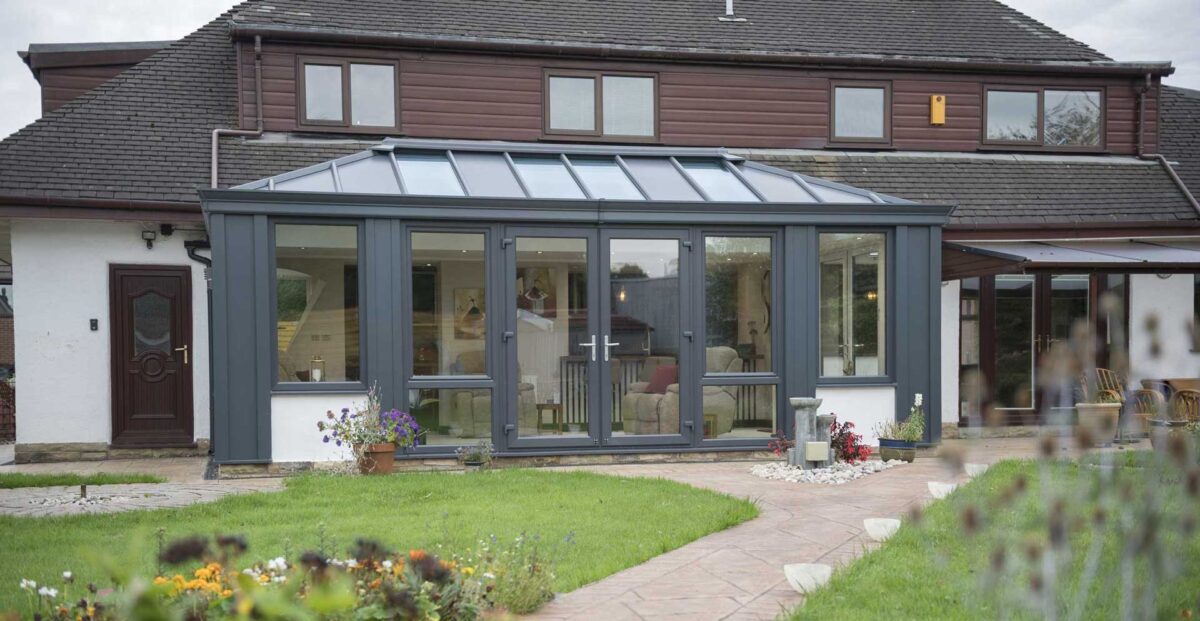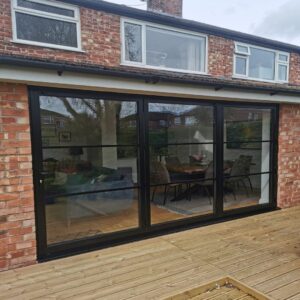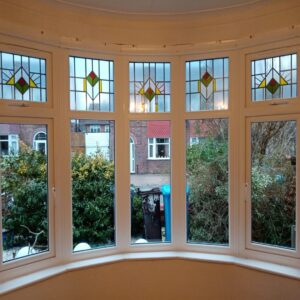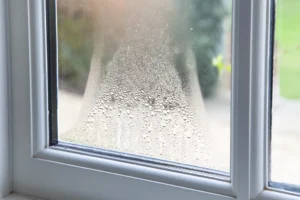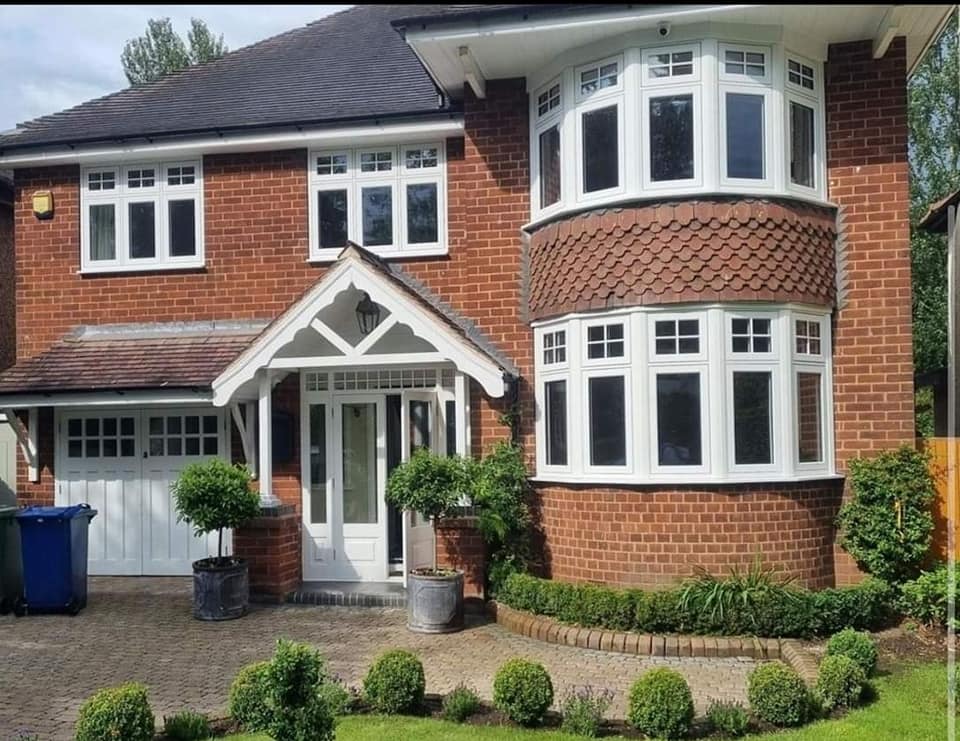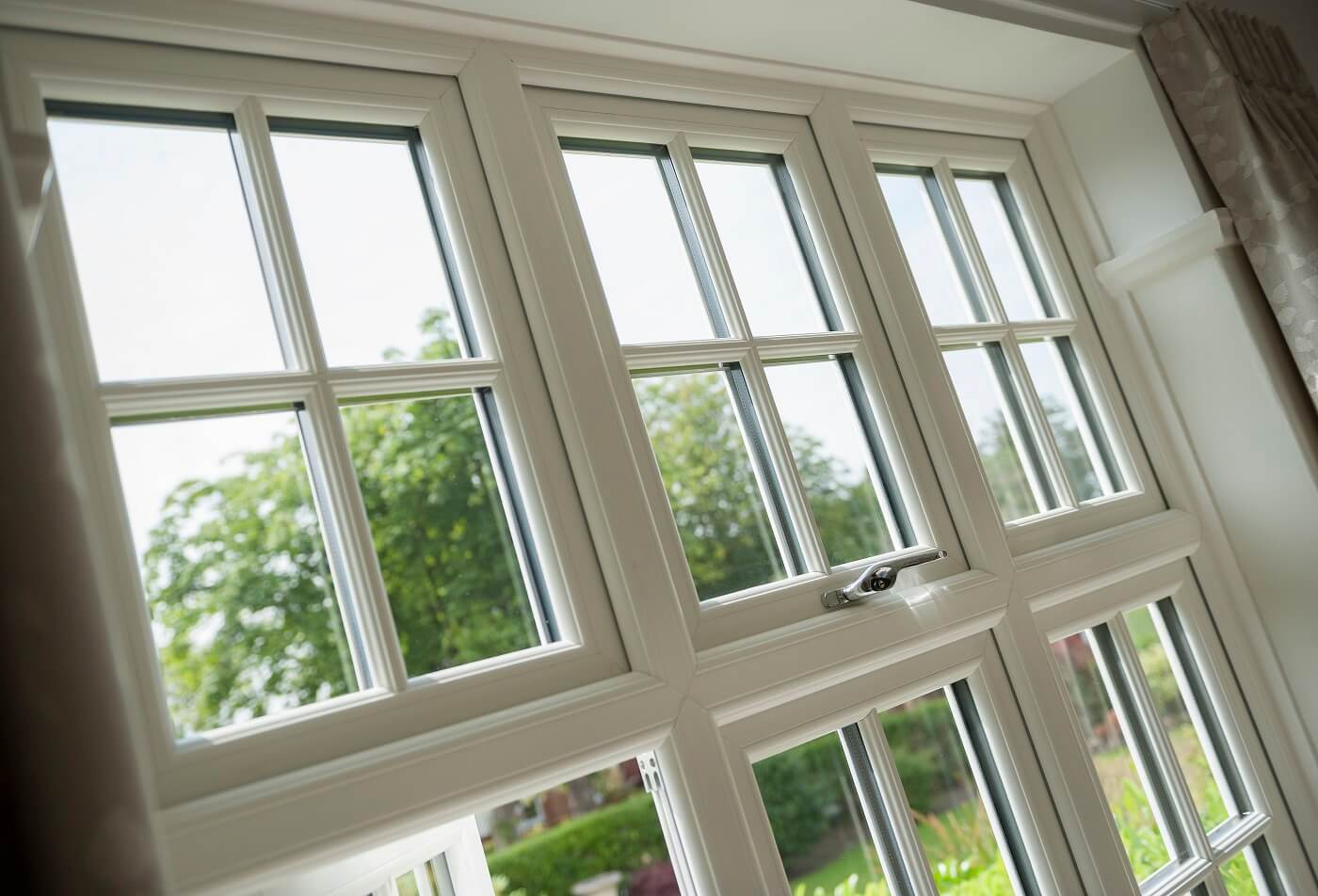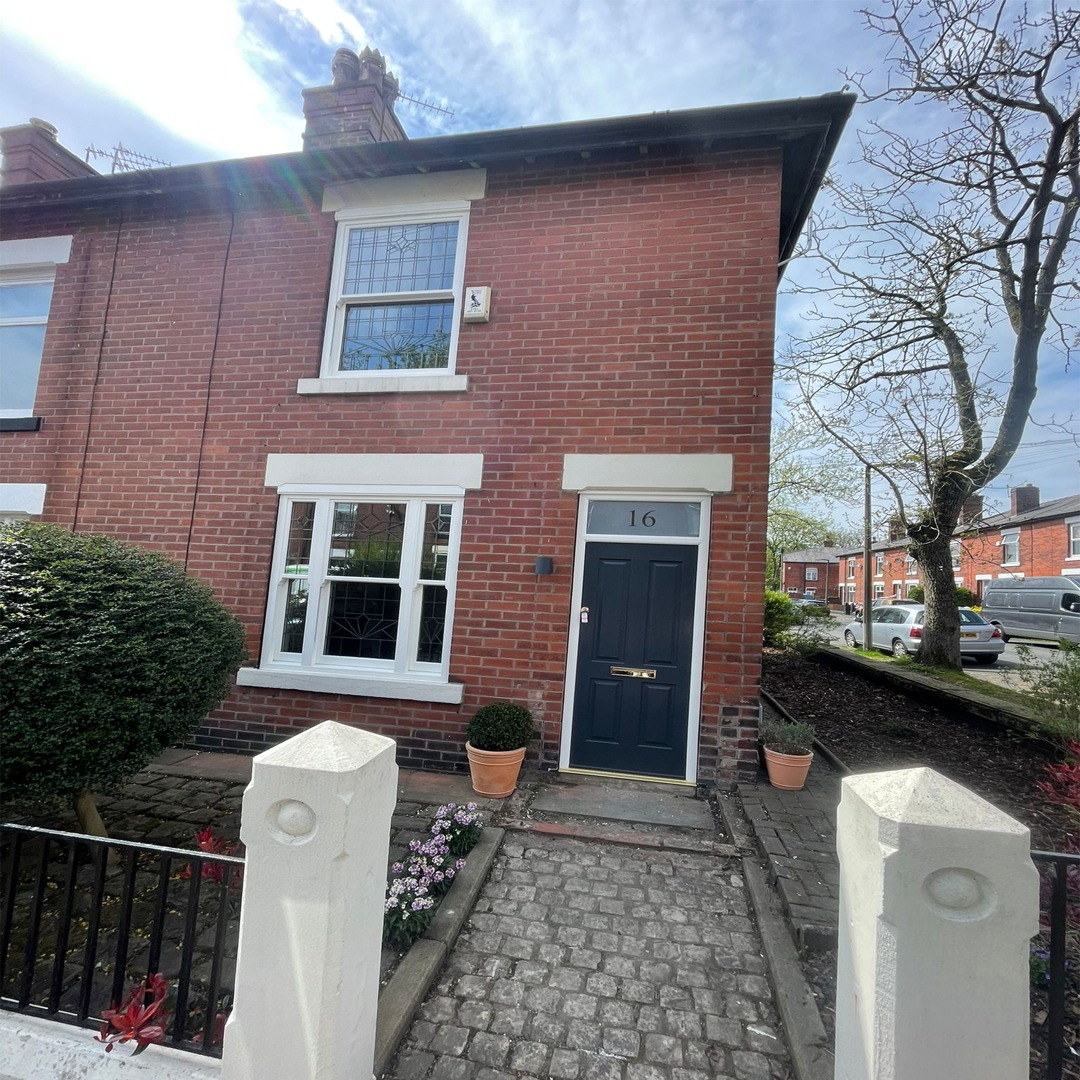In this article, we will cover:
- How a conservatory can add value to your home
- Whether or not you need planning permission
- The importance of the size and design of the conservatory
In most cases, a conservatory will add value to the home. But this is not always true. The main reasons a conservatory wouldn’t add value to your property are that there is no further value to add to the property or that the conservatory has the opposite effect and reduces the value of your property due to poor design or construction.
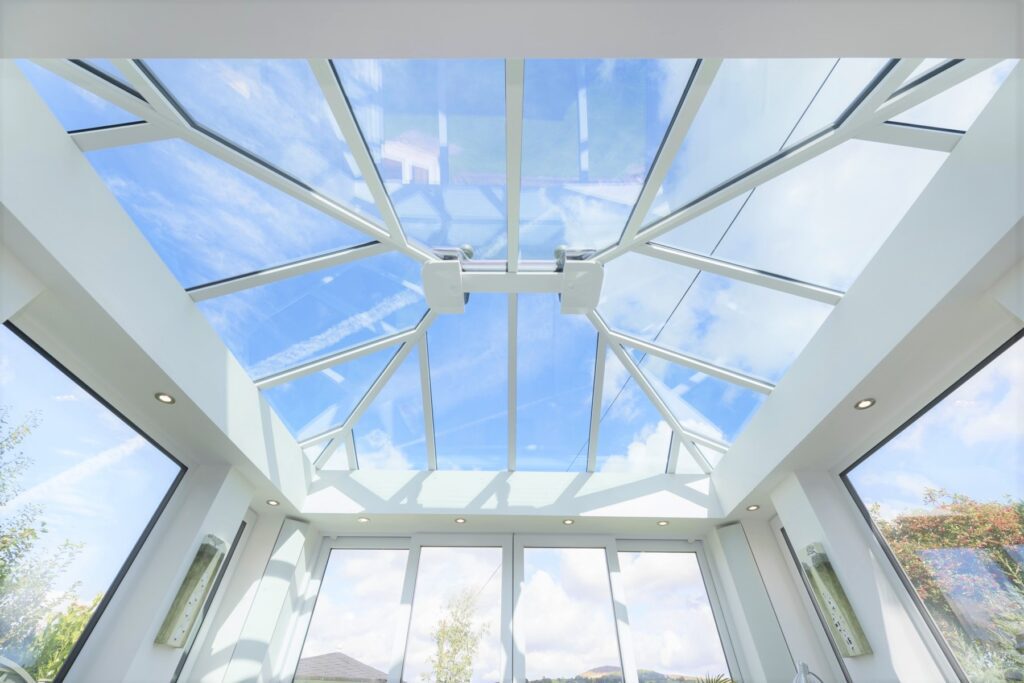
Ceiling Price
The first thing to consider is whether your home has hit its ceiling price.
The ceiling price is the maximum amount your house will sell for. You can calculate an approximate ceiling price by seeing what similar-sized and aged properties in your area have sold for recently. For an accurate ceiling price, though, get a valuation from a local expert.
If your house has reached its ceiling price, you cannot add property value, no matter which home improvements you make. If you sell shortly, you won’t see a return on your investment.
That does not mean that there aren’t other benefits that make adding a conservatory to your home a waste of time, but you should factor it into your budget.
For example, if you are not planning to move within the next ten years and require more living space, a conservatory might still be a great option.
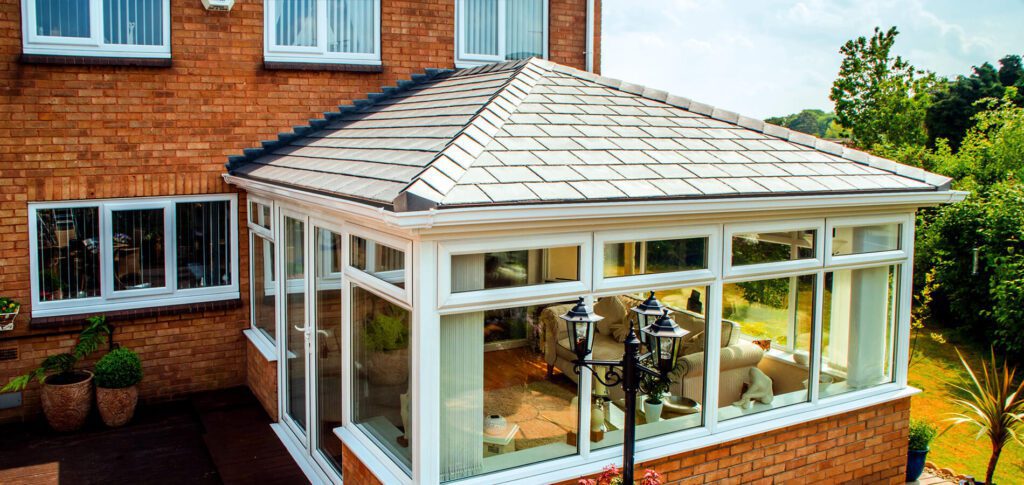
Unattractive design
You should be careful with the overall appearance of the conservatory.
A badly constructed conservatory can quickly become an eyesore, reducing curb appeal and lowering the value of your property.
The same is true of a conservatory that is not well-maintained and regularly cleaned. How to maintain and clean your conservatory can vary slightly, depending on the roof design and the materials used – glass vs polycarbonate.
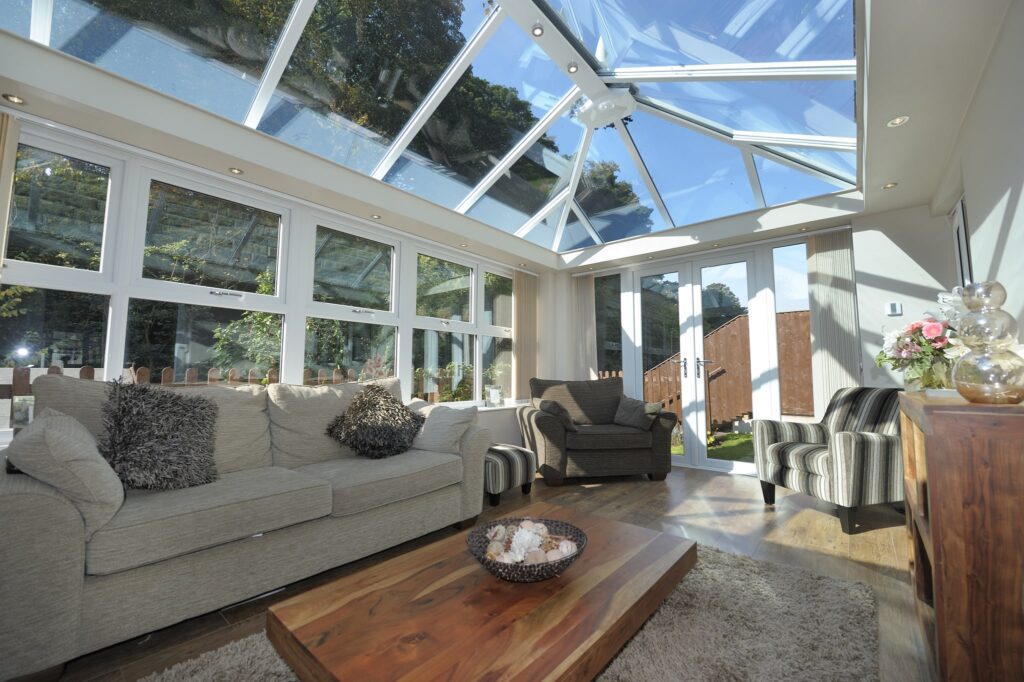
How much value will it add?
A conservatory can add a further 5-7% to the value of your home, depending on your location and the specifications of the conservatory.
As above, the design of the conservatory will affect how much value it adds to the property. If you are likely to sell in the next few years, keep the design simple and classic, designed to appeal to a mass market.
Features such as energy-efficient Planitherm glass or self-cleaning glass help futureproof your home and are attractive to potential buyers who know they won’t need to pay for replacements shortly after moving in.
Do I need planning permission?
In most cases, adding a conservatory to your existing property will not require planning permission. The vast majority of conservatories are covered by permitted development rights, but there are stipulations to be aware of.
For example, your conservatory can’t be separated from the main property by an external wall or door to fall under permitted development rights.
Size and Height Restrictions
- Your conservatory must be less than 30 square metres in floor area
- The conservatory can not extend further than half of the land around the original framework
- Your conservatory cannot be higher than your existing roof.
- If your conservatory can’t be taller than three metres if it comes within two metres of a boundary
Listed Buildings & Conservation Areas
You may also require planning permission if your property is a listed building or if you live in a conservation area.
Impact on Neighbours
Permitted development rights work on the understanding that you are not harming your neighbours’ property. The Neighbour Consultation Scheme affords your neighbours the right to object to any extensions they feel may negatively impact their property.
Always check with your local authority and inform your neighbours of any building work you intend to have done.
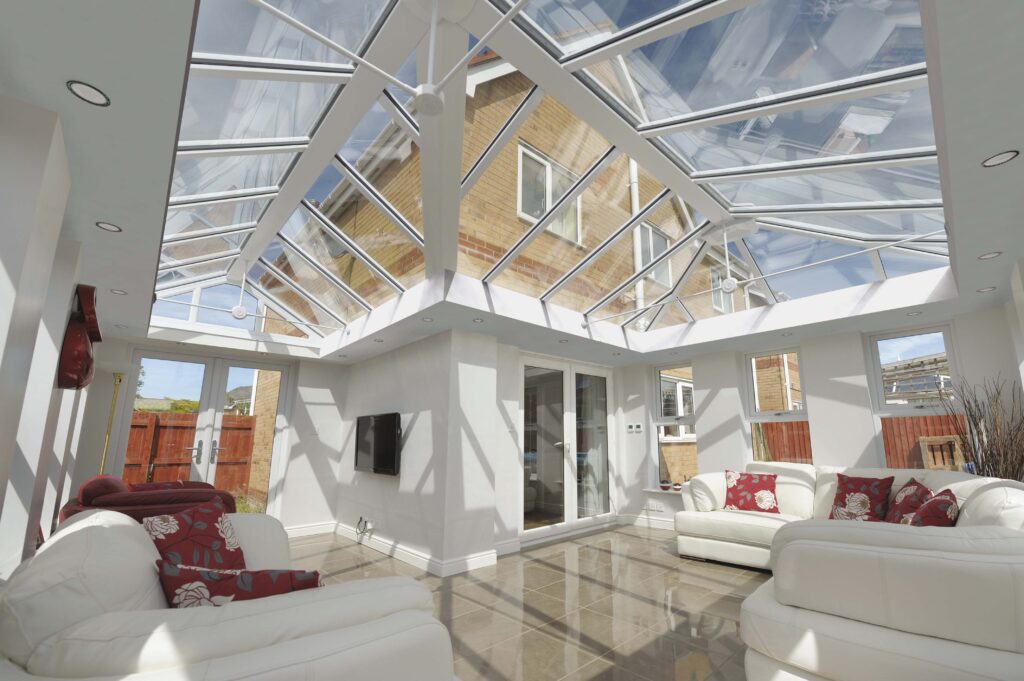
How big should a conservatory be?
As above, for anything more than 30 square metres in floor space, you will require planning permission.
You should leave 50% of your garden or yard untouched. The rest is largely dependent on your budget and the intended use.
Pay attention to the details (the different styles) Your choice of frames and Your choice of windows
There are several different shapes and styles of conservatories with varying complexity and price points.
The main types of conservatory are:
- Gable conservatory
- Lean-to conservatory
- Edwardian conservatory
- Victorian conservatory
- P-shape
- Bespoke Conservatories
Your choice of roof, windows, doors, and the number and configuration of windows will all affect the aesthetic and factor into the cost.
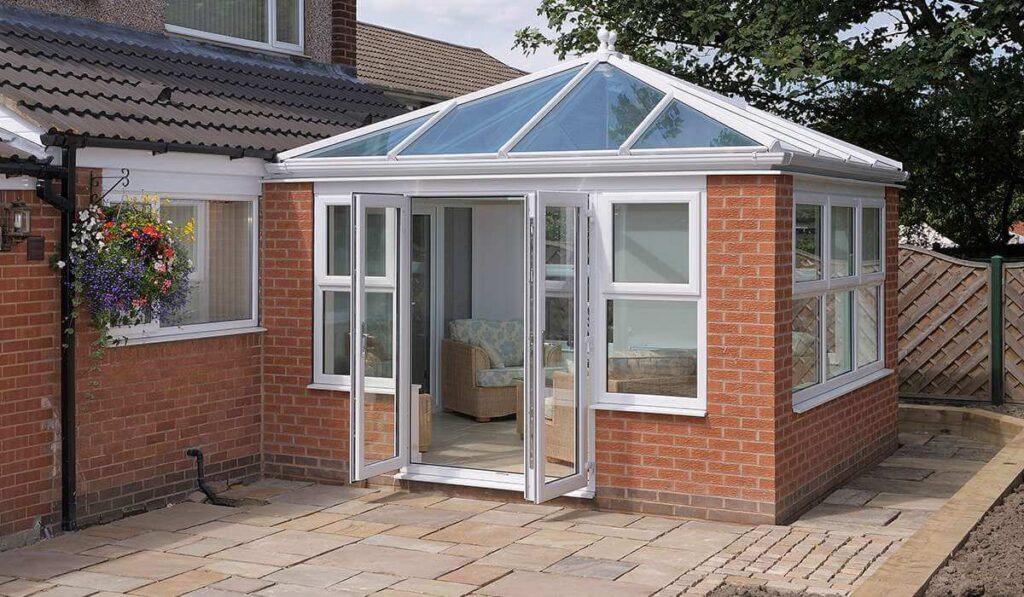
High-quality design and installation
A high-quality conservatory, such as those offered by us, will be well-ventilated and insulated to ensure a comfortable temperature all year around. It will provide a smooth and attractive transition from your home to your garden and maximise natural light.
Here are some practical tips:
The cheapest isn’t always the best option
Conservatories can be expensive, and it can be tempting to plump for the cheapest option. Cheaper isn’t always the most cost-effective. If your conservatory is poorly installed or uses sub-par materials, you may pay more for costly repairs in the long run.
Make sure your conservatory blends with the rest of the property
Your conservatory design should be informed by the architecture and decor of your home. You don’t want your conservatory to look out of place, either too modern or old-fashioned. It should blend seamlessly, while still making a statement. The design should also be sympathetic to the buildings in the area. This is particularly important in conservation areas and near listed buildings.
Should you consider an orangery?
An orangery is not a type of conservatory, as sometimes thought, but a predominantly brick or metal building with large windows and, often, a flat roof. The confusion comes as they are a popular extension and often perform the same functions as a conservatory. They are designed to blend more seamlessly with the architecture of your main property and are often used to extend kitchens.
Whether an orangery is a better choice for you will depend on the look you are going for, the space available, and the intended function. Orangeries are often warmer than conservatories in the winter but lack panoramic views. Orangeries also tend to be more expensive than conservatories.
Consider How It Will Look In Your Garden
Similar to point two, you also need to consider the current appearance of your garden and how a new conservatory will fit in and enhance it. This may require you to tidy up your garden.
Takeaways:
In conclusion, if you wish to add value to your property and it hasn’t hit its ceiling price, a conservatory is a good option. The value added will vary depending on the size, style and complexity. Remember to ensure the design fits with the existing architecture of your home and the surrounding area. Use high-quality materials and ensure the conservatory is professionally installed. Confirm that you don’t need planning permission from your local authority and inform your neighbours in plenty of time that they may experience some disruption. Plan your budget, including furniture and accessories, before you go ahead and get a couple of quotes to compare before purchasing.
How Manchester Window Factory can help choose your conservatory
At Manchester Window Factory, we offer a wide range of high-quality conservatories, designed to meet your needs. Use our bespoke service to customise glazing options, hardware, and security systems. We’re more than happy to give advice, and you can get in touch via phone, email or face-to-face at our Altrincham showroom.
Our in-house team of fitters can also install your brand-new conservatory or replace elements of an existing structure.

